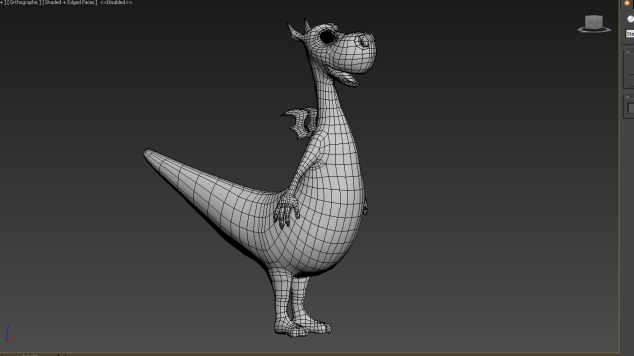Since in our project we are using fire visual effects, I will be talking about how fire effects are created in movies. While for our animation we used a simple plug-in to achieve the desired effect, VFX artists in the industry also have different methods for creating fire effects which I will be talking about briefly.
Below are several ways of creating fire.
1-Motion Graphics.
2-Tracking.
3-2D Animation.
There are several options to creating fire effects for other programs, the recommended and best option is to use a dedicated software but these are usually quite expensive so one of the alternatives is to use pre-rendered fire footage which sometimes works but is not always helpful as it may not give the desired effects or give a realistic result.
Often, fire is created in After Effects- a program everyone in the industry is familiar with. To create the fire, we start off by setting a tracker where the fire will emanate from, after setting the tracker on the area you want the fire to be, after your tracker has been set you end up by setting the tracker as a null object.
Now for the actual fire, there are two types of fire you would use which are the Torch and an effect fire. After the fire is inserted, it is turned into a null object, after that you puppet pin the fire to the position of the tracker, and then you start copying your layers to increase the fire’s density to the level you want it to become.
Next the timings are set and the fire layer is merged with the original tracker and footage you want the fire on. Finally, the fire layer is switched to screen mode to be used as an alpha.
References:
After Effects Tutorial: Realistic Fire effects. (2016, March 07). Retrieved April 15, 2017, from https://www.youtube.com/watch?v=05uKtxfYNDQ
Realistic Fire – Free AE Template. (n.d.). Retrieved April 15, 2017, from https://www.rocketstock.com/free-after-effects-templates/fire-in-after-effects/

